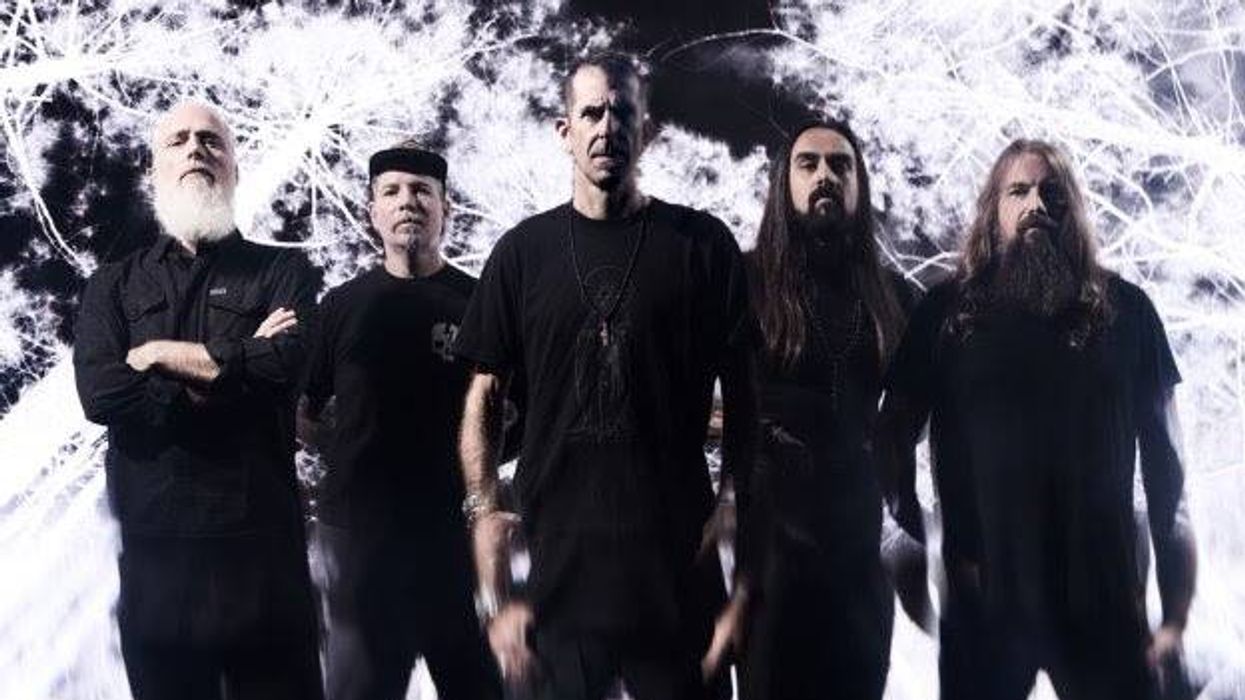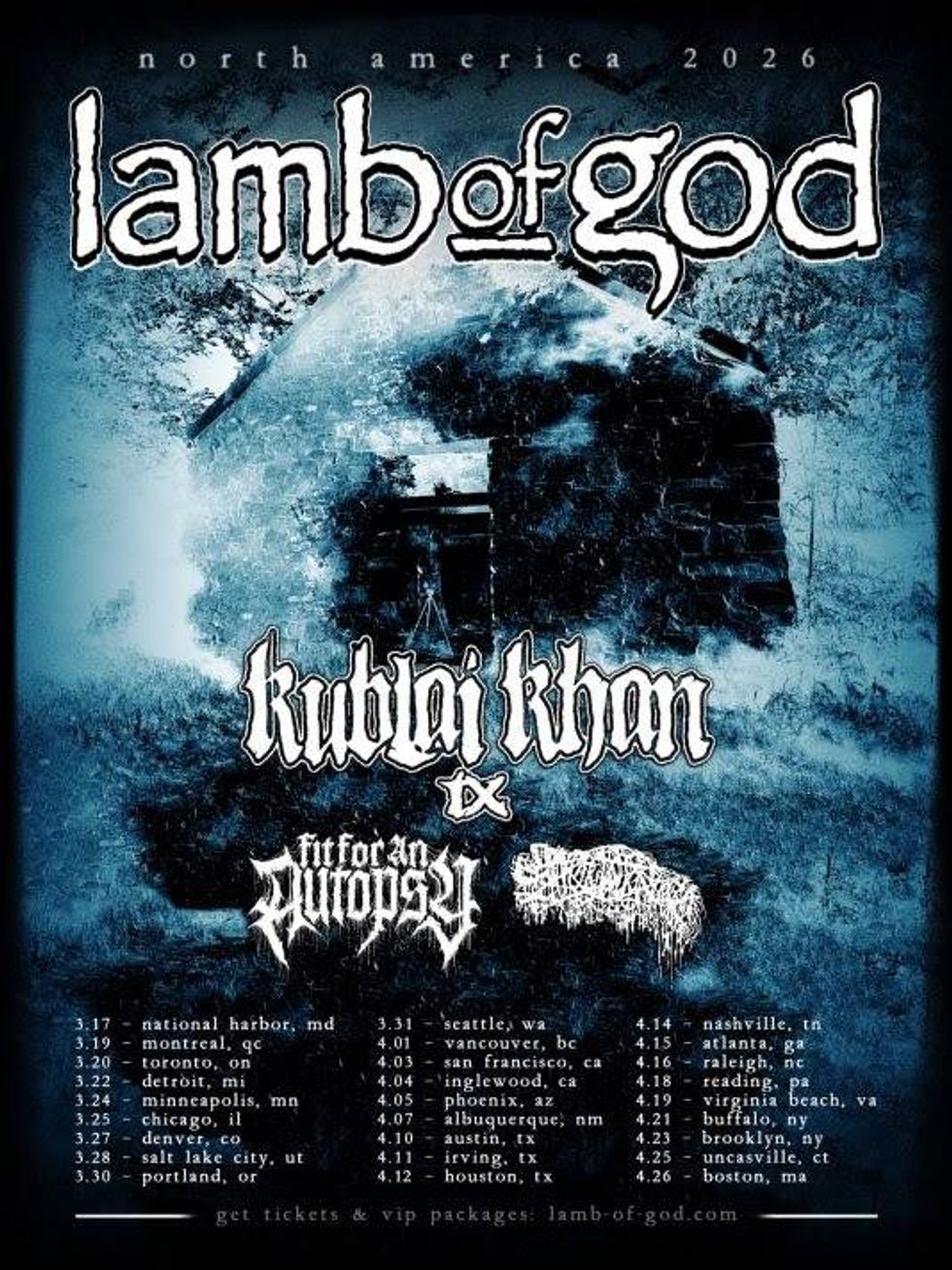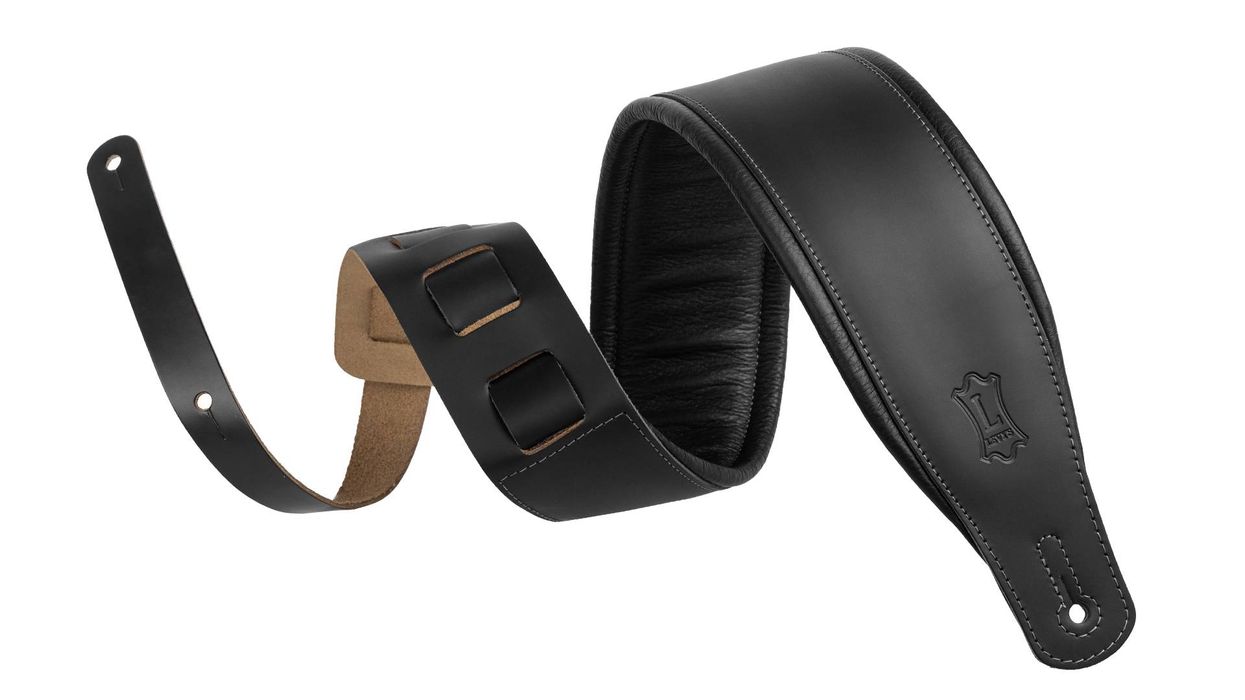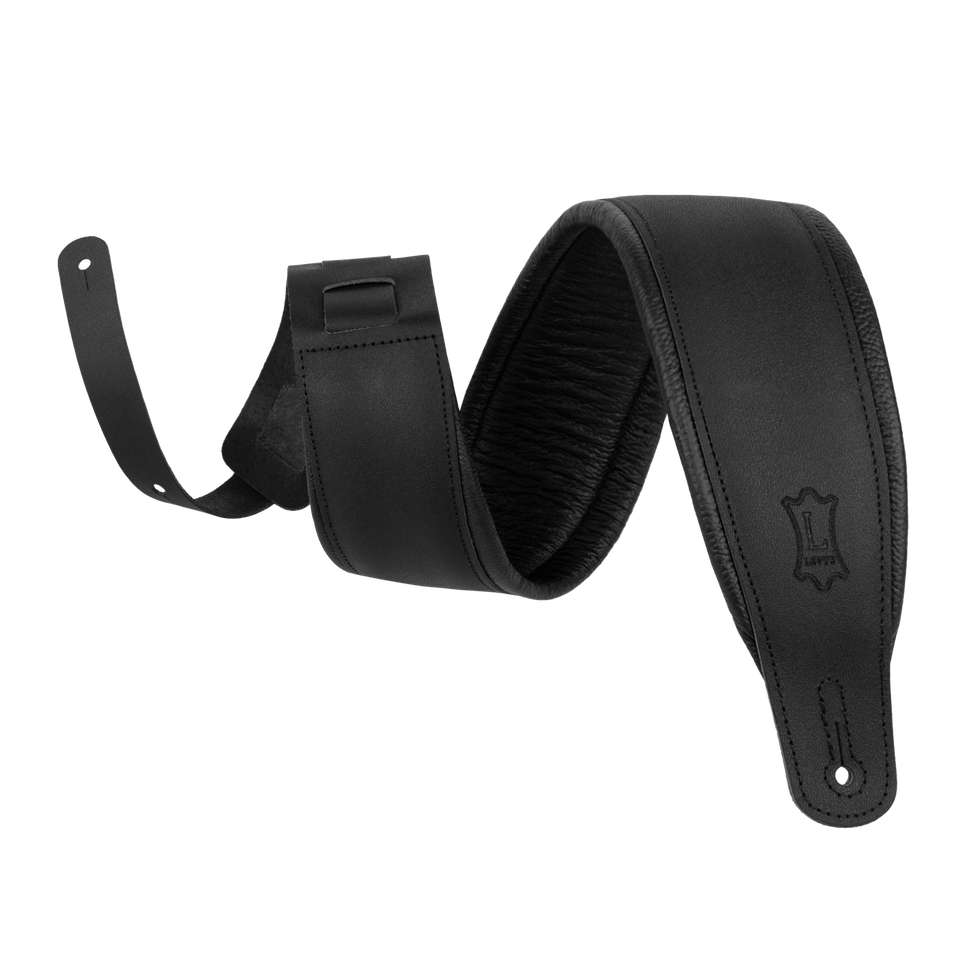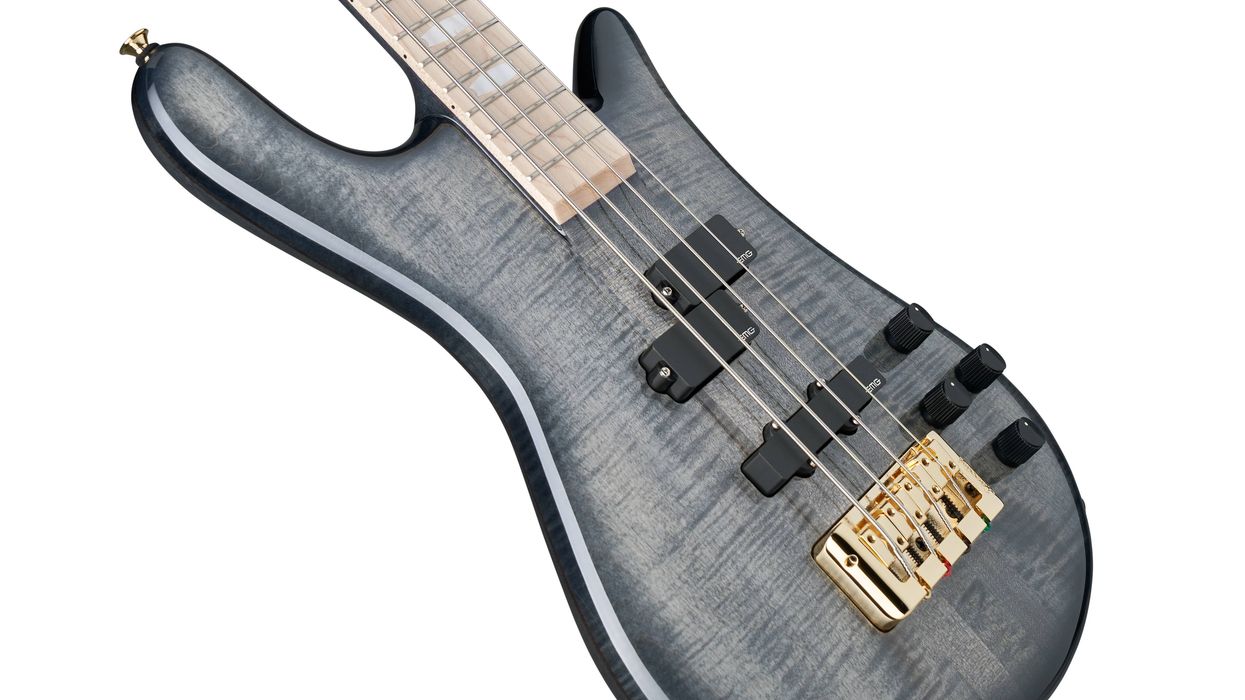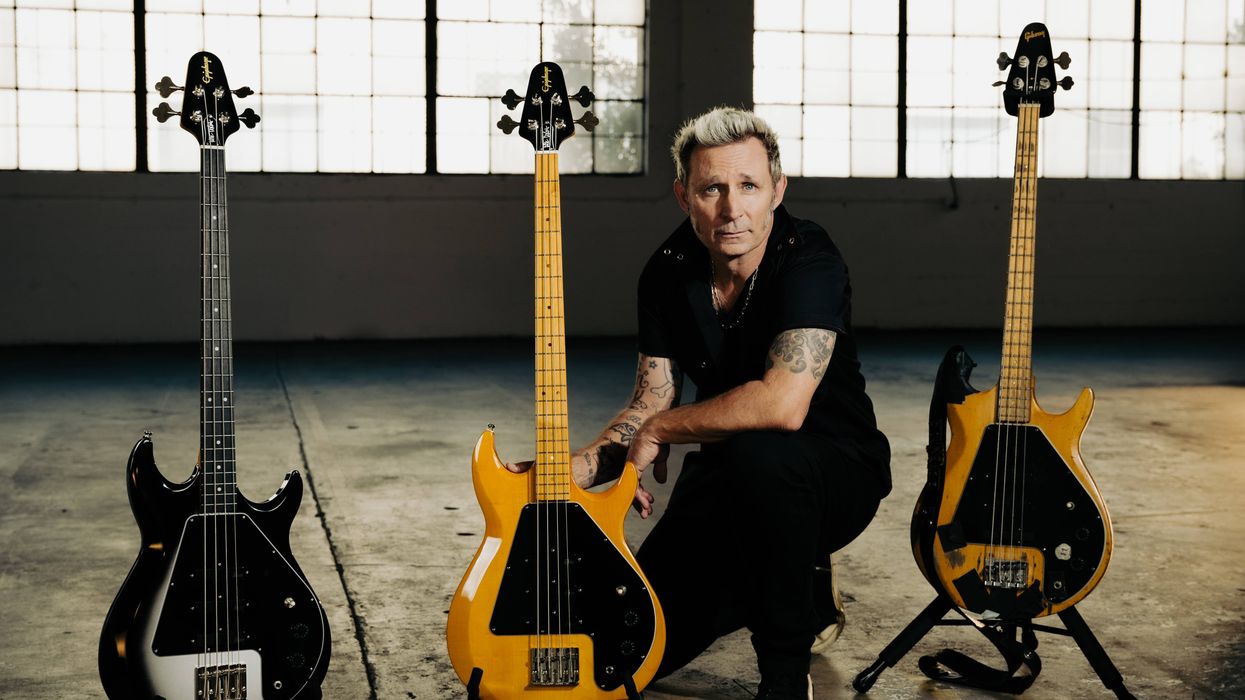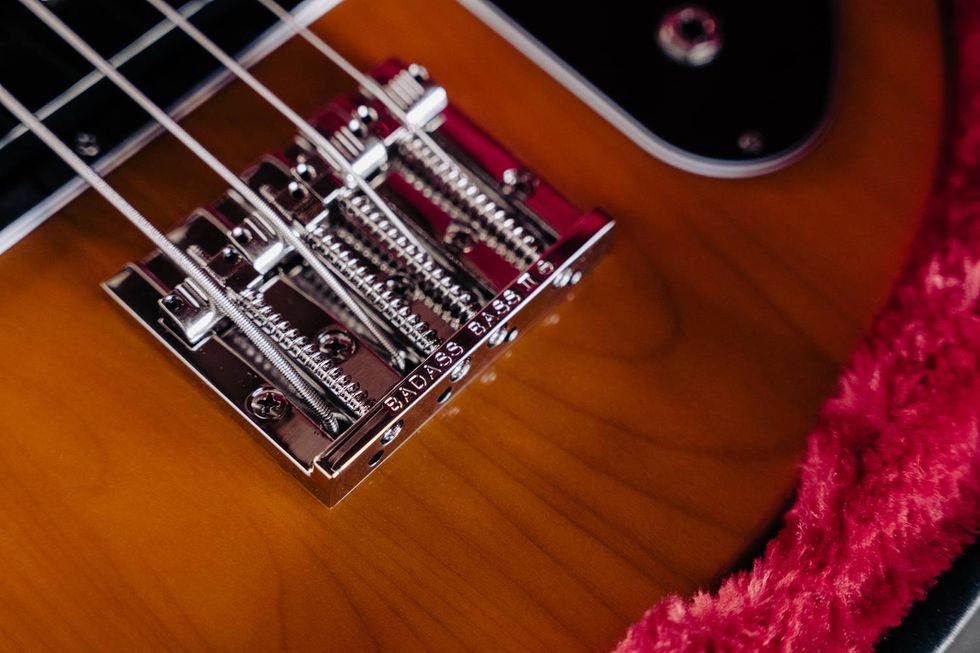The first single “Killing Floor" features Brian Johnson of AC/DC on vocals, and Steven Tyler of Aerosmith on harmonica.
“‘Killing Floor’ is one of my favorite Howlin’ Wolf songs, but also one of the iconic blues riffs that turned me on as a young guitar player. I've always wanted to cover it in some capacity and this record was the perfect vehicle. But playing it with this band, and with Brian Johnson singing, it was an achievement I would never have imagined back then. Let alone Steven Tyler providing the harp.” -SLASH
"When Slash asked me to sing on ‘Killing Floor,’ I said yes immediately. It was one of the first songs I learned in my very first band, and when he played me the backing track it was a no-brainer, and Steven's harmonica is so bloody hot. I had a ball with Slash in the studio, and I think we did this great old song justice. Rock on.” -Brian Johnson (AC/DC)
Slash feat. Brian Johnson - "Killing Floor" (Official Music Video)
By celebrating both well-known and largely undiscovered songs, SLASH offers a nostalgic nod to the past while reinvigorating the songs with his inimitable guitar playing and the spirit of collaboration. For Orgy of the Damned, the acclaimed guitarist re-teamed with storied producer Mike Clink and enlisted the album’s diverse guest vocalists, which include Gary Clark Jr, Billy F. Gibbons, Chris Stapleton, Dorothy, Iggy Pop, Paul Rodgers, Demi Lovato, Brian Johnson, Tash Neal, Chris Robinson, and Beth Hart, in a similar way to his 2010 self-titled solo LP Slash. To round out his band in the studio and on the road, SLASH reunited with two of his bandmates from his Blues Ball outfit in the 90s, bassist Johnny Griparic and keyboardist Teddy Andreadis, and brought on drummer Michael Jerome and singer/guitarist Tash Neal.
Although he grew up in England, SLASH’s American grandmother turned him on to the blues early on, and he was immediately taken with B.B. King. At the same time, his parents raised him on a healthy diet of 60s British rock ‘n’ roll, from The Who to The Kinks. Once he moved to Laurel Canyon, SLASH found himself surrounded by rock and folk singers like Joni Mitchell, Crosby, Stills & Nash, and Neil Young—all of whom eventually inspired his playing and songwriting. It wasn’t until he began playing guitar himself that SLASH realized all of his favorite musicians had been influenced by the same B.B. King blues records he’d listened to as a young kid.
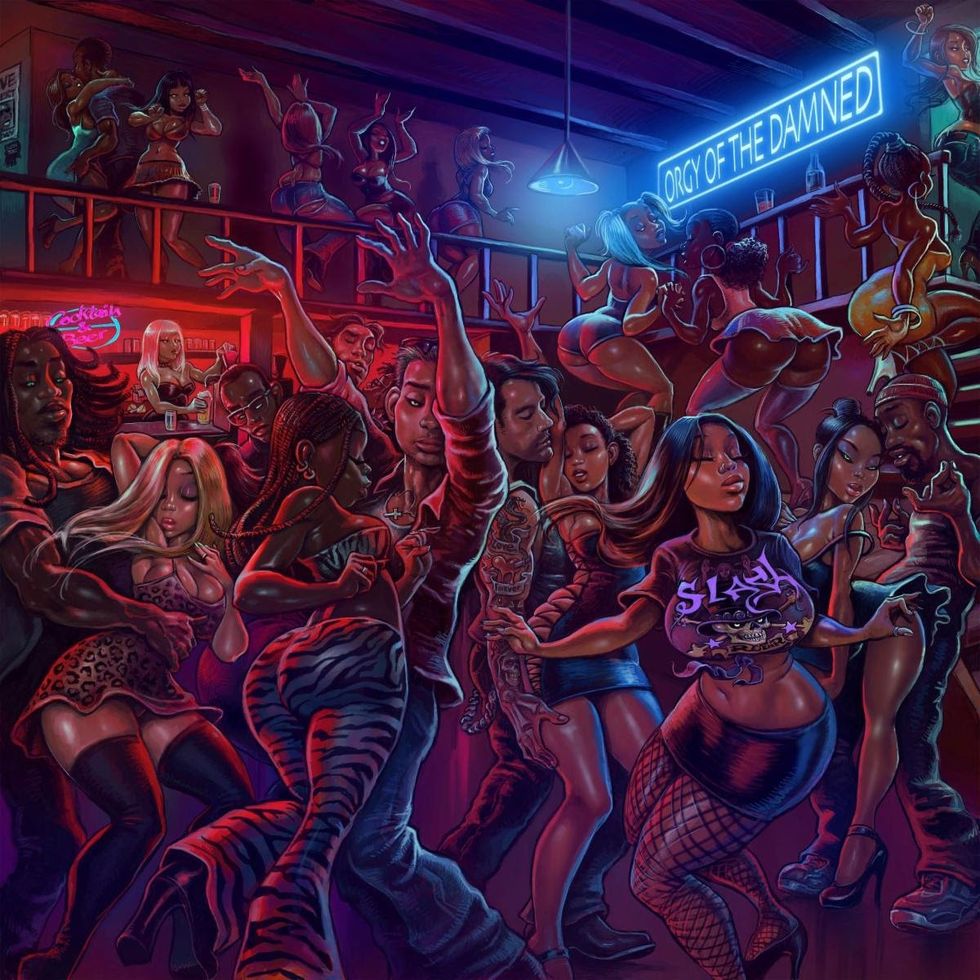
Slash's Orgy of the Damned
Orgy of the Damned encompasses a broad range of styles within the blues genre, veering from an upbeat, rowdy take on Robert Johnson’s “Crossroads” to a plaintive, twanging rendition of T. Bone Walker’s “Stormy Monday.” Some of the songs, like Steppenwolf’s “The Pusher,” Charlie Segar’s “Key to the Highway,” and Albert King’s “Born Under a Bad Sign,” had been performed by Slash’s Blues Ball, while others, like Stevie Wonder’s “Living for the City,” were long-time favorites for Slash. “Hoochie Coochie Man,” written by Willie Dixon and made famous by Muddy Waters in 1954, showcases the in-the-moment nature and unrestrained energy of Orgy of the Damned, with Z.Z. Top’s Billy F. Gibbons stepping in on guitar and vocals. The group went into a rehearsal room in North Hollywood and began hashing out soulful, rollicking takes on the classic songs. Everything was played live in the room, with an emphasis on improvisation which resulted in a collection of dynamic, energized songs that are immediate, raw, and distinctly familiar.
As Slash was considering vocalists, he approached his old friend and collaborator, Iggy Pop, who had long wanted to record a blues song. Pop suggested Lightnin’ Hopkins’ 1962 track, “Awful Dream,” a sparse, drawling number originally laid down on acoustic guitar. The duo decided to recreate that stripped back vibe and recorded their own languid, emotionally resonant version sitting on two stools in Slash’s studio. “Iggy’s interpretation of that song is actually sublime,” says Slash. “And it’s something that nobody’s really heard from him. At the end of the track, you can hear him just singing the harmonica parts.”
Elsewhere on Orgy of the Damned, Demi Lovato lends her powerhouse voice to “Papa Was a Rollin’ Stone,” a fervent, soulful version of the 1972 single by The Temptations that SLASH admired as a kid. Although the song veers more towards R&B, the guitarist wanted to give it his own impassioned spin. The album concludes with a soaring original instrumental number, “Metal Chestnut,” penned specifically for Orgy of the Damned by Slash.
Orgy of the Damned showcases a lesser-heard aspect of SLASH’s musical prowess. While he has always embraced a broad range of styles and genres, the album offers a rare opportunity to explore a unique side of his playing and bring to the forefront a rollicking journey through his strong blues inspirations, that have long been in the background of his illustrious career.
Orgy of the Damned will also be available on vinyl and via CD.
For more information, please visit slashonline.com.
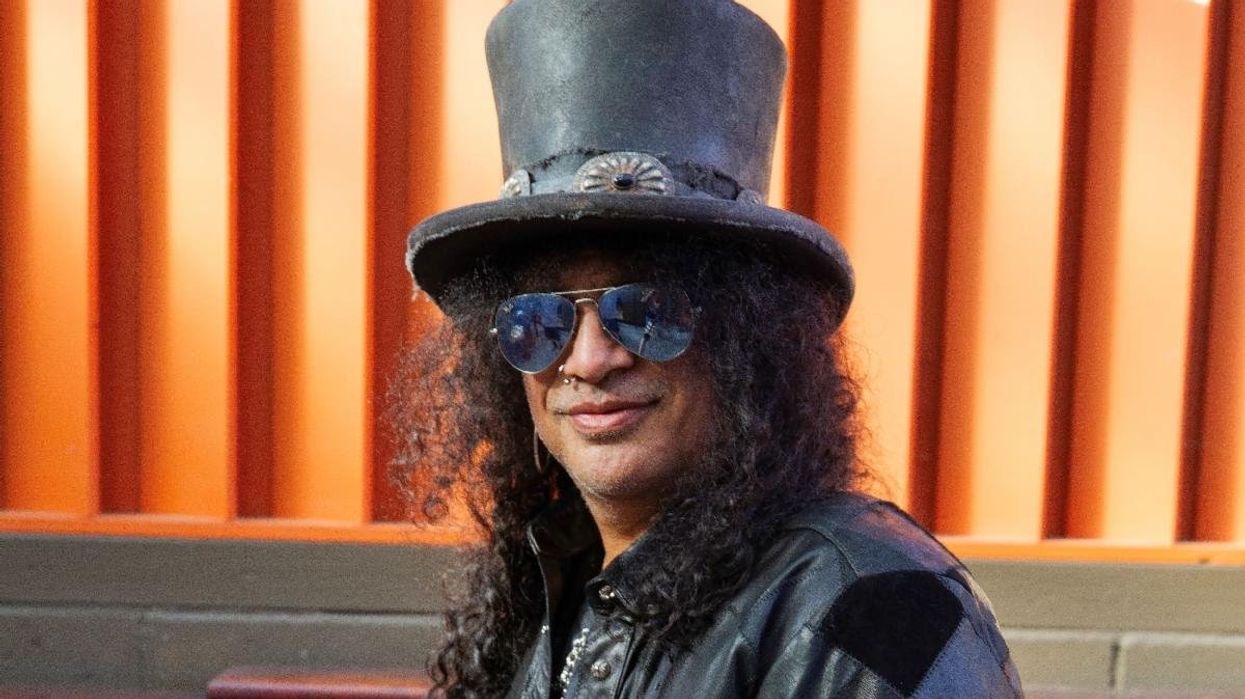



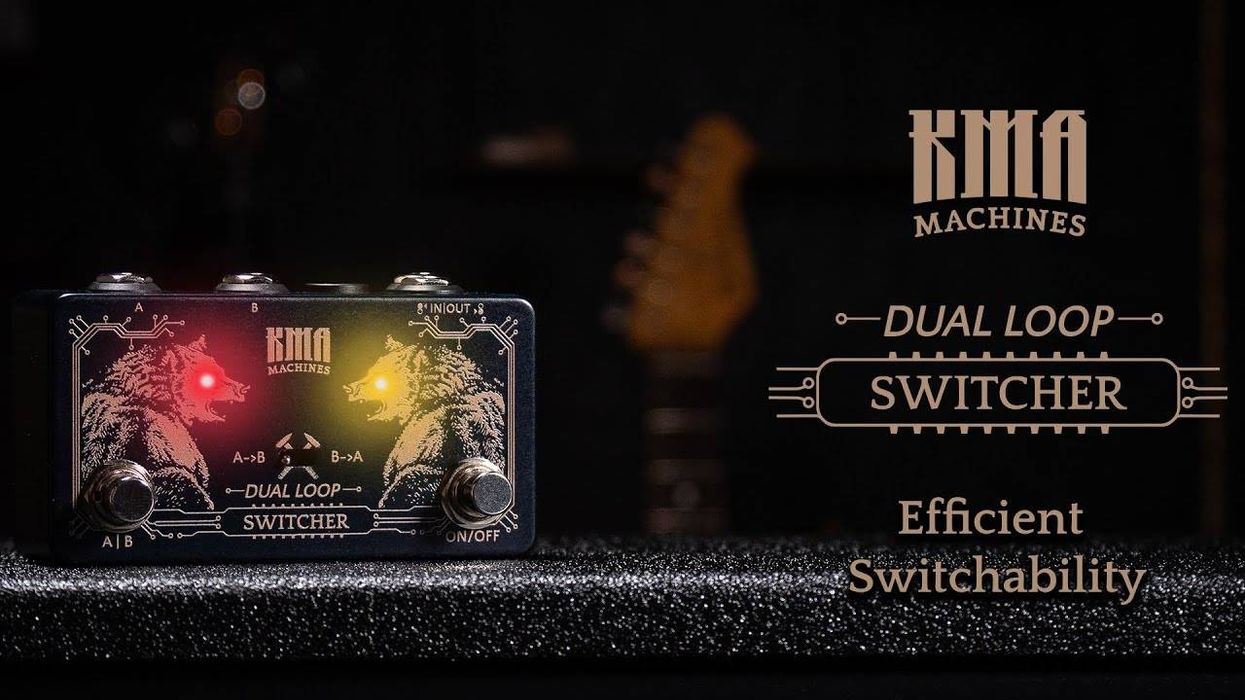

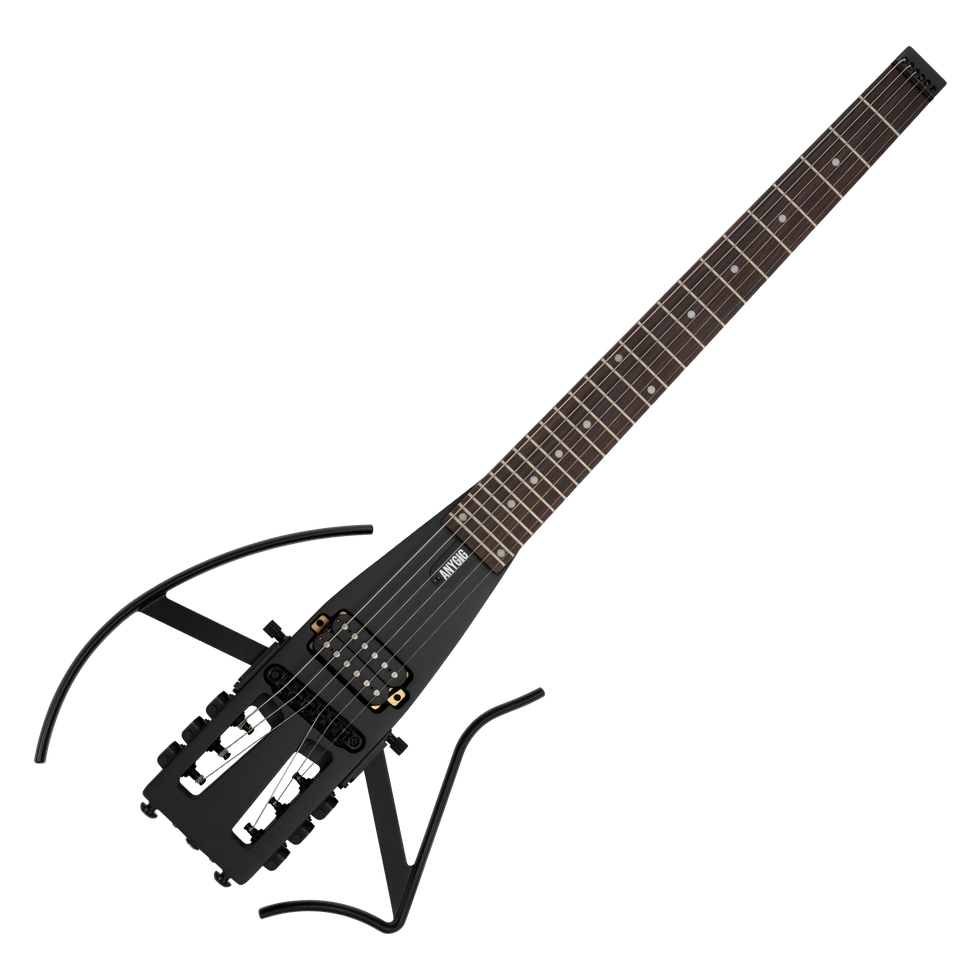



![Rig Rundown: AFI [2025]](https://www.premierguitar.com/media-library/youtube.jpg?id=62064741&width=1245&height=700&quality=70&coordinates=0%2C0%2C0%2C0)

![Devon Eisenbarger [Katy Perry] Rig Rundown](https://www.premierguitar.com/media-library/youtube.jpg?id=61774583&width=1245&height=700&quality=70&coordinates=0%2C0%2C0%2C0)
